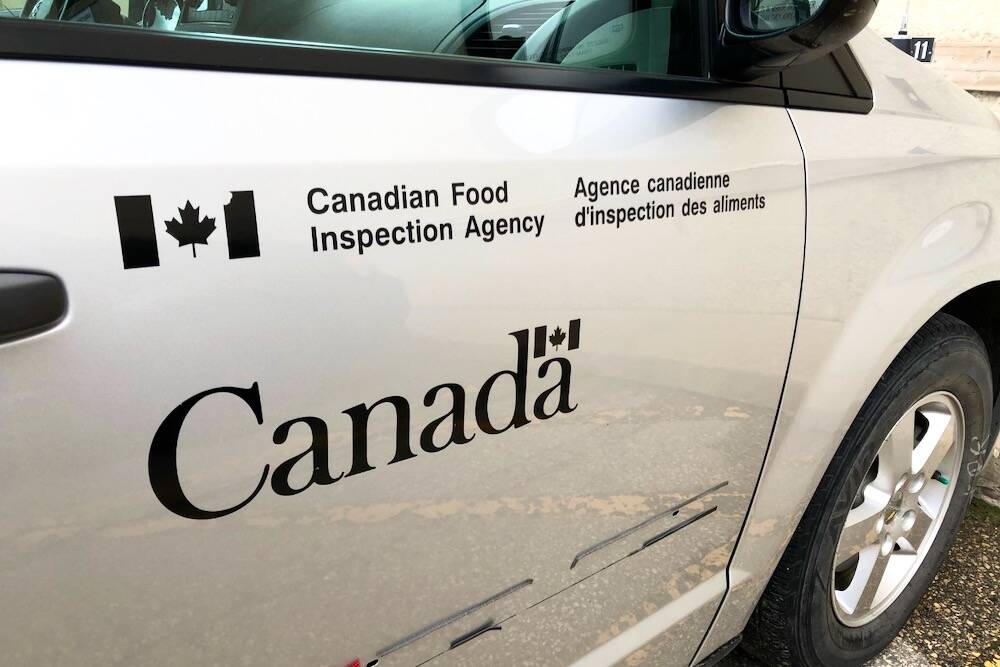Ottawa | Reuters — Prime Minister Justin Trudeau visited Alberta on Monday as raging wildfires prompted mass evacuations and reduced energy production in Canada’s main oil-producing province, where meteorologists expect virtually no rain for 10 days or so.
In Edmonton, Trudeau received an update on firefighting efforts by Canadian soldiers sent to help provincial firefighting and recovery efforts since Thursday. More troops are expected to join in the coming days, according to the Alberta government.
The widespread blazes have marked an intense start to wildfire season in Alberta, forcing more than 30,000 people out of their homes at one point and shuttering at least 319,000 barrels of oil equivalent per day (boepd), or 3.7 per cent of national production.
Read Also

B.C. ostriches culled, CFIA confirms
Ostriches on an embattled Edgewood, B.C. farm have been culled after a prolonged legal battle, the Canadian Food Inspection Agency has confirmed.
The first 11 days of May have set seasonal heat records in several parts of Alberta, including Edmonton, according to Environment and Climate Change Canada.
Lt. Col. Ben Schmidt, one of the army officials who briefed Trudeau, told him about the regions most at risk and how a lack of rain in the forecast was “a huge challenge.”
The forecast for Alberta shows a cold front sweeping through starting Tuesday evening that would bring gusty winds, a slight chance of a thunderstorm, but not much rain, said Sara Hoffman, a meteorologist with Environment Canada.
“We’re very concerned about the possibility of dry lightning in an area that’s already got a pretty high fire risk,” Hoffman said. Hot and dry conditions are expected ramp up again from Friday and are unlikely to ease at least until early next week.
“I don’t believe the worst is behind us,” Alberta Wildfire agency official Christie Tucker said Monday at a briefing.
As of Monday afternoon, 87 fires were burning across Alberta, with 25 considered out of control. About 1.32 million acres are estimated to have burned so far in 2023 in 466 known wildfires.
“Our peak burning period, which is when the temperatures are at their highest and the fuels are at their driest, is still in front of us,” Alberta Wildfires official Josee St-Onge said at a briefing Sunday afternoon.
“It’s too soon to say when we’re going to see the peak of this wildfire season. … We are going to continue to be challenged.”
As of Sunday afternoon, over 19,300 people were evacuated from wildfire areas under 14 evacuation orders, with another eight areas on evacuation alert.
Provincial and county officials on Sunday were working to set up fireguards around Grande Prairie, a city of about 68,000 in Alberta’s Peace region. Parts of the surrounding County of Grande Prairie have been among areas subject to evacuation orders since May 5.
Members of organizations including the Alberta Association of Agricultural Societies and Alberta Auction Markets Association have offered up facilities for penning evacuated livestock.
The province also recently recommended producers call its 310-LAND (5263) number to discuss emergency grazing options, and noted it is taking applications for temporary grazing on public lands.
Benchmark Canadian heavy crude prices tightened last week to multi-month highs on concerns about the wildfires.
Late on Sunday, Paramount Resources said that due to the fires a third-party gas processing plant and some Paramount fields were shut, and it had curtailed 45,000 boepd.
Vermilion Energy said on Monday it had restored 60 per cent of the 30,000 boepd that it previously shut in.
— Reporting for Reuters by Ismail Shakil in Ottawa, Anna Mehler Paperny in Toronto and Rod Nickel in Winnipeg. Includes files from Glacier FarmMedia Network staff.














